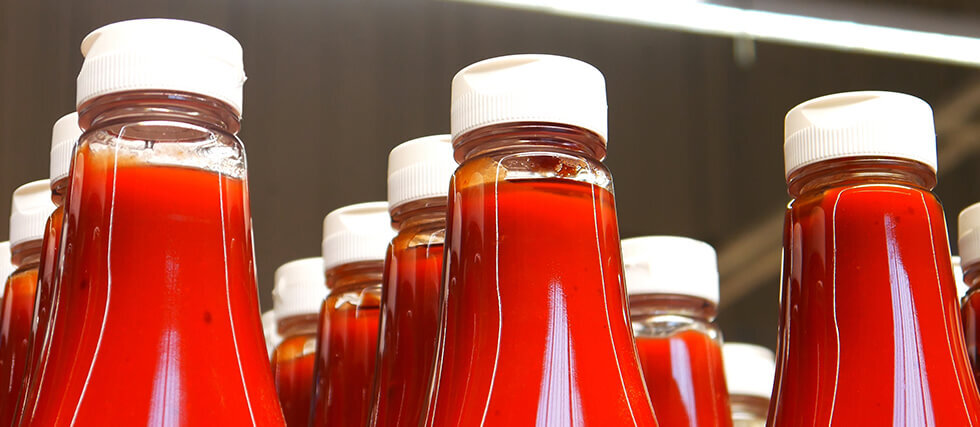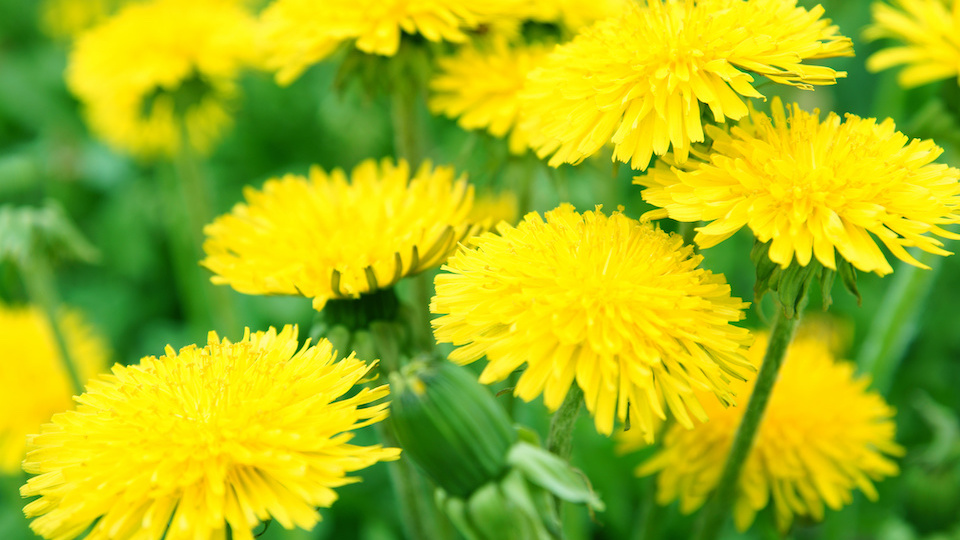5 Warning Signs You’re Low in Vitamin D—And How to Fix It Naturally
Over 1 billion people worldwide are low in vitamin D; most have no idea. This “sunshine vitamin” does far more than just support bone health. It’s a hormone-like powerhouse tied to immunity, energy, mood, and even cancer prevention. Yet deficiency is extremely common, especially in winter, for those with darker skin or those who spend most of their time indoors.
Here are five key signs your body may be crying out for more vitamin D:
- Fatigue that won’t quit
Dragging through your days? Vitamin D helps convert food into energy. Without enough, you may feel constantly tired—even after a full night’s sleep. - Aches in your bones or muscles
Vitamin D helps your body absorb calcium. When levels are low, you may feel bone, joint, or muscle pain, sometimes mistaken for fibromyalgia or arthritis. - Hair thinning or hair loss
Vitamin D plays a role in the hair growth cycle. Deficiency can lead to slower growth or shedding, and has even been linked to alopecia. - Frequent illness
Are you always catching colds? Vitamin D is critical for immune defense. If your levels are low, your body may struggle to fight off infections. - Low mood or anxiety
Low vitamin D has been linked to depression, anxiety, and seasonal affective disorder. If you’re feeling unusually blue, this may be a factor.
How to Get More Vitamin D
Sunlight: Aim for 15–20 minutes of direct sunlight daily on bare skin (without sunscreen).
Food sources: Include fatty fish (like salmon, sardines, tuna), egg yolks, liver, and vitamin D-fortified foods like dairy and plant milks.
Supplement smart: Vitamin D3 is better absorbed than D2. Look for D3 paired with K2 for proper calcium regulation. Daily intake should be around 600–800 IU, but talk to your doctor if you suspect a deficiency.
Pro tip: The only way to know for sure? Ask your doctor for a blood test. Don’t guess—test!




